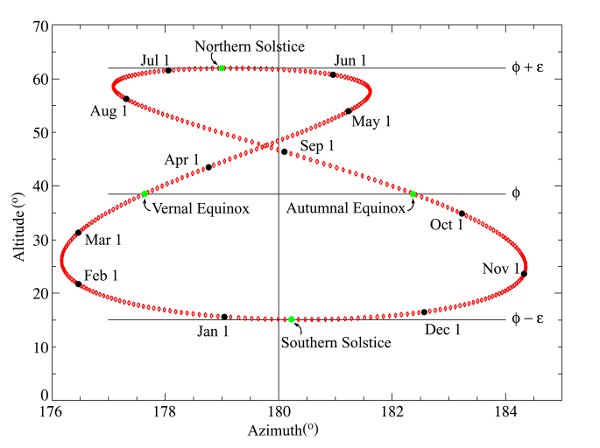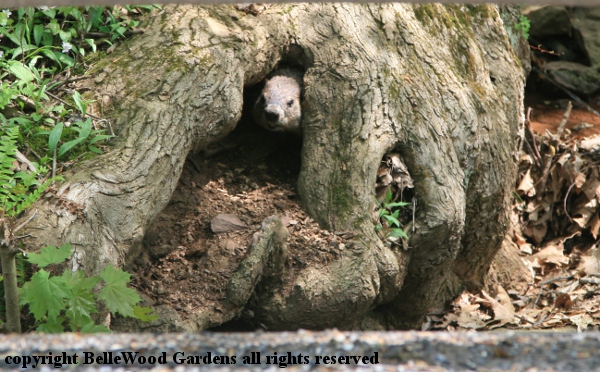
.
If you have any comments, observations, or questions about what you read here, remember you can always Contact Me
All content included on this site such as text, graphics and images is protected by U.S and international copyright law.
The compilation of all content on this site is the exclusive property of the site copyright holder.
Call it what you will: Groundhog Day, St Brigid's Day, winter quarter day, or Imbolc. As well as options for what to call it, there's even a small fudge factor of when. Celtic Imbolc has been traditionally celebrated on 1 February but, like shabbat, it begins (and ends) at sunset. So technically the festival would begin at sundown on 31 January. But there's some opinions that the celebration was originally somewhat fluid, based on seasonal changes associated with the lambing season.

Here in New Jersey there are just 9 hours and 15 minutes of daylight

at the winter solstice when darkness holds sway
We have reached the midpoint between solstice and the vernal equinox where night and day are of equal length. Slowly, incrementally, lengthening days, light returning after winter's darkness. At 10 hours 12 minutes, winter's cross quarter day of 2 February has nearly an hour more daylight as the world turns in its cycle.

Chickens have noticed the incrementally lengthening days. They're laying more eggs.
Aware of changing daylength around the year's cycle of seasons many ancient cultures divided the year into four quarters: the vernal and autumnal equinox of equal day / night length, the longest day summer solstice, and longest night winter solstice. They additionally divided the year at the halfway points between the solstices and the equinoxes with cross quarter days: February 2, May 1, August 1, and October 31.

Analemma, the path taken by sunlight over the course of a year from a fixed point.
This beautiful analemma is a plot of the position of the sun at 12:00 noon at the Royal Observatory, Greenwich, constructed using altitude and azimuth data generated by JPL Horizons The first day of each month is shown in black, and the solstices and equinoxes are shown in green.

Today, 2 February, is celebrated as Groundhog Day.
French and English folk traditions maintained that it was when bears emerged from hibernation to inspect the weather. In Germany it was badgers. But if the bears or badgers returned to their dens, it meant at least another 40 days of severe weather. In colonial times, German immigrants who settled in Pennsylvania brought their traditions with them, including the hibernation day celebration. Lacking badgers, they substituted groundhogs as prognosticators of winter's end / the arrival of Spring.
Call it what you will, celebrate what you wish. Me? I appreciate the lengthening days and the promise of Spring-to-come.
Back to Top
Back to February 2017
Back to the main Diary Page